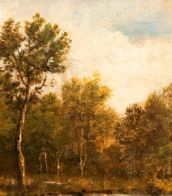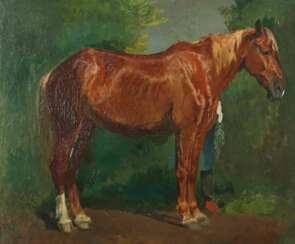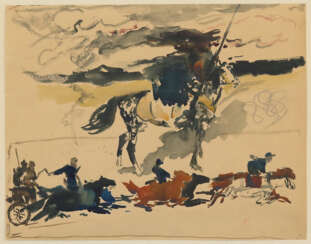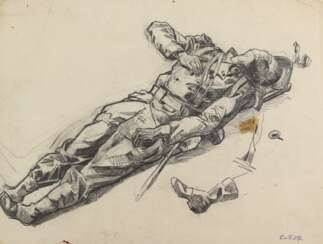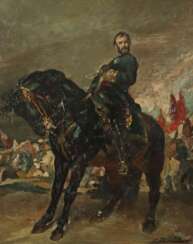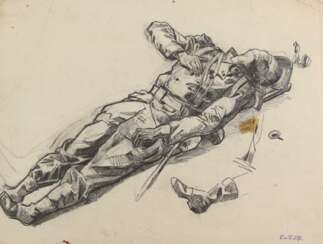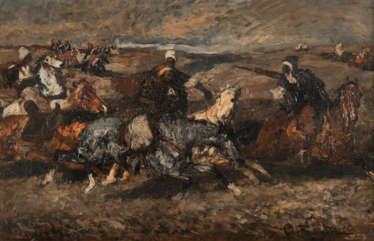Otto von Faber du Faur (1828 - 1901) — Auction price
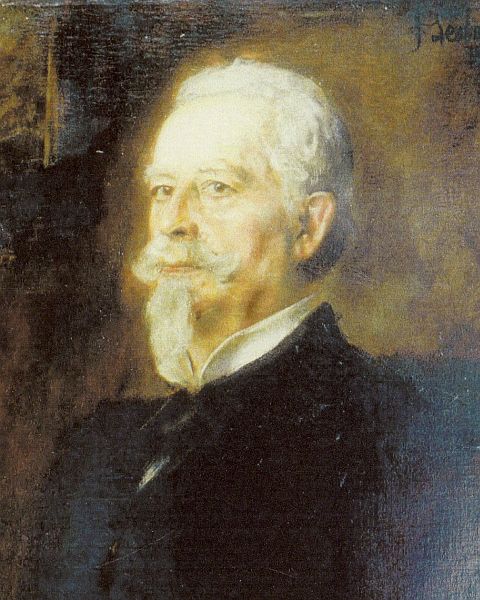
Otto von Faber du Faur was a German officer and painter of the second half of the 19th century. He is best known for his skillful depictions of battles. His works combine elements of impressionism and expressionism.
Faber du Faur was considered one of the leading German battle painters of his time, who devoted himself to historical painting. He chose the Napoleonic wars and military conflicts of his time as his main subjects, as well as scenes from Eastern life, which he was inspired by a trip to Morocco. His paintings are characterized by dynamic composition, dramatic gestures of figures and high contrast of colors. In the late period of his work, the artist paid special attention to skillfully applied color, which became the main expressive means in his works.
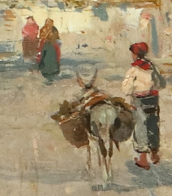

Otto von Faber du Faur was a German officer and painter of the second half of the 19th century. He is best known for his skillful depictions of battles. His works combine elements of impressionism and expressionism.
Faber du Faur was considered one of the leading German battle painters of his time, who devoted himself to historical painting. He chose the Napoleonic wars and military conflicts of his time as his main subjects, as well as scenes from Eastern life, which he was inspired by a trip to Morocco. His paintings are characterized by dynamic composition, dramatic gestures of figures and high contrast of colors. In the late period of his work, the artist paid special attention to skillfully applied color, which became the main expressive means in his works.


Otto von Faber du Faur was a German officer and painter of the second half of the 19th century. He is best known for his skillful depictions of battles. His works combine elements of impressionism and expressionism.
Faber du Faur was considered one of the leading German battle painters of his time, who devoted himself to historical painting. He chose the Napoleonic wars and military conflicts of his time as his main subjects, as well as scenes from Eastern life, which he was inspired by a trip to Morocco. His paintings are characterized by dynamic composition, dramatic gestures of figures and high contrast of colors. In the late period of his work, the artist paid special attention to skillfully applied color, which became the main expressive means in his works.


Otto von Faber du Faur was a German officer and painter of the second half of the 19th century. He is best known for his skillful depictions of battles. His works combine elements of impressionism and expressionism.
Faber du Faur was considered one of the leading German battle painters of his time, who devoted himself to historical painting. He chose the Napoleonic wars and military conflicts of his time as his main subjects, as well as scenes from Eastern life, which he was inspired by a trip to Morocco. His paintings are characterized by dynamic composition, dramatic gestures of figures and high contrast of colors. In the late period of his work, the artist paid special attention to skillfully applied color, which became the main expressive means in his works.
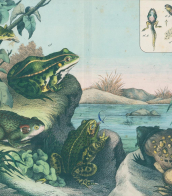

Otto von Faber du Faur was a German officer and painter of the second half of the 19th century. He is best known for his skillful depictions of battles. His works combine elements of impressionism and expressionism.
Faber du Faur was considered one of the leading German battle painters of his time, who devoted himself to historical painting. He chose the Napoleonic wars and military conflicts of his time as his main subjects, as well as scenes from Eastern life, which he was inspired by a trip to Morocco. His paintings are characterized by dynamic composition, dramatic gestures of figures and high contrast of colors. In the late period of his work, the artist paid special attention to skillfully applied color, which became the main expressive means in his works.
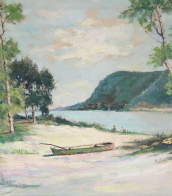

Otto von Faber du Faur was a German officer and painter of the second half of the 19th century. He is best known for his skillful depictions of battles. His works combine elements of impressionism and expressionism.
Faber du Faur was considered one of the leading German battle painters of his time, who devoted himself to historical painting. He chose the Napoleonic wars and military conflicts of his time as his main subjects, as well as scenes from Eastern life, which he was inspired by a trip to Morocco. His paintings are characterized by dynamic composition, dramatic gestures of figures and high contrast of colors. In the late period of his work, the artist paid special attention to skillfully applied color, which became the main expressive means in his works.
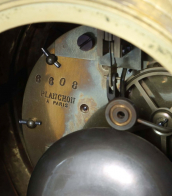

Otto von Faber du Faur was a German officer and painter of the second half of the 19th century. He is best known for his skillful depictions of battles. His works combine elements of impressionism and expressionism.
Faber du Faur was considered one of the leading German battle painters of his time, who devoted himself to historical painting. He chose the Napoleonic wars and military conflicts of his time as his main subjects, as well as scenes from Eastern life, which he was inspired by a trip to Morocco. His paintings are characterized by dynamic composition, dramatic gestures of figures and high contrast of colors. In the late period of his work, the artist paid special attention to skillfully applied color, which became the main expressive means in his works.
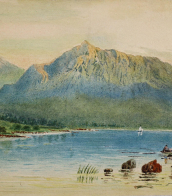

Otto von Faber du Faur was a German officer and painter of the second half of the 19th century. He is best known for his skillful depictions of battles. His works combine elements of impressionism and expressionism.
Faber du Faur was considered one of the leading German battle painters of his time, who devoted himself to historical painting. He chose the Napoleonic wars and military conflicts of his time as his main subjects, as well as scenes from Eastern life, which he was inspired by a trip to Morocco. His paintings are characterized by dynamic composition, dramatic gestures of figures and high contrast of colors. In the late period of his work, the artist paid special attention to skillfully applied color, which became the main expressive means in his works.
